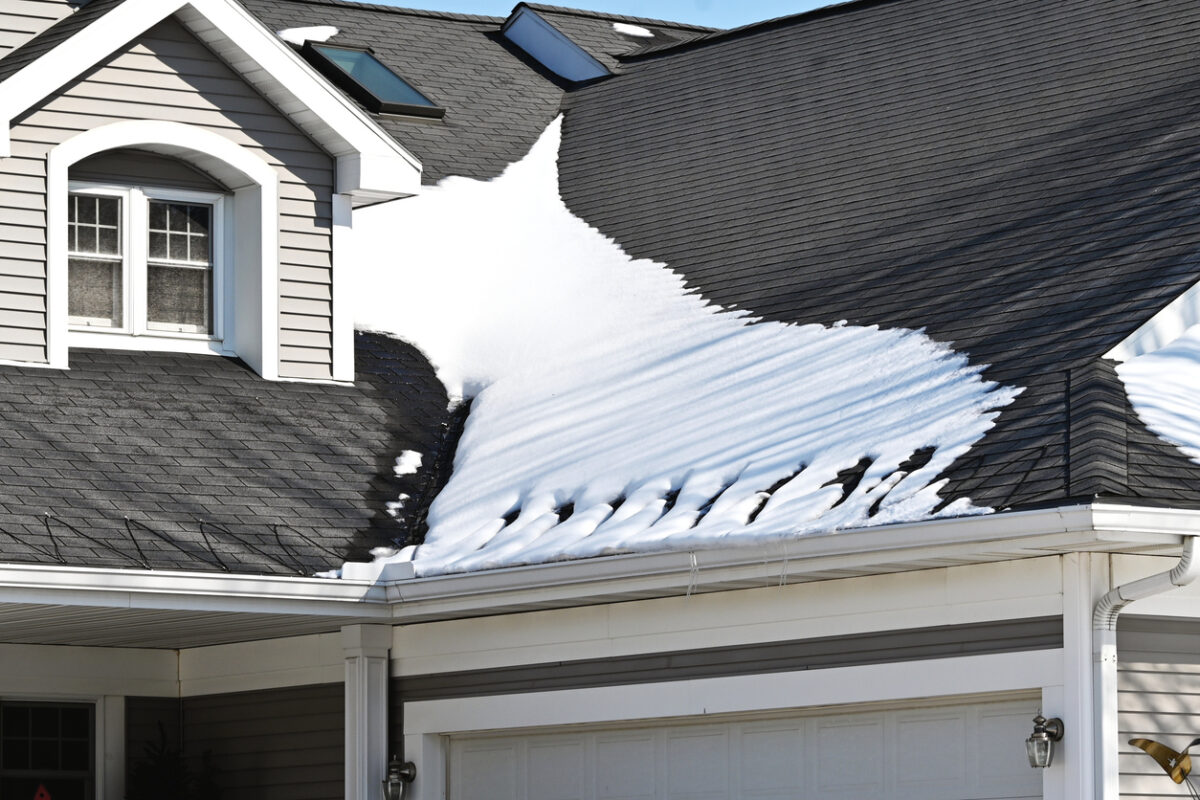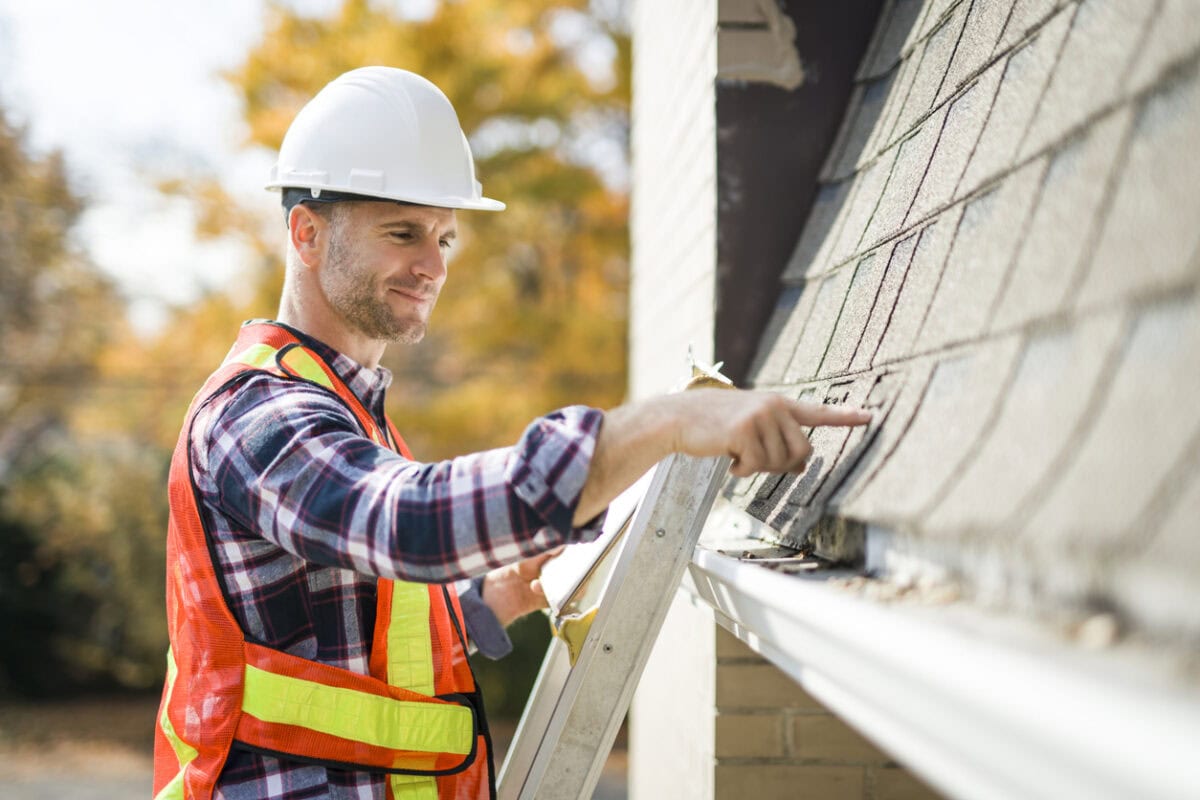Roof Types and Definitions

Understanding the different types of roofs is essential for homeowners and builders alike. Each roof type has its unique characteristics, advantages, and disadvantages. In this guide, we’ll explore the most common roof types and their definitions, helping you make informed decisions for your home improvement projects.
Bonnet Roof: A type of roof with a double slope on each side, with the lower slope having a gentler pitch. Often seen on French-inspired homes.
Butterfly Roof: A V-shaped roof with two sections sloping down towards a central valley, resembling the wings of a butterfly.
Clerestory Roof: A roof design featuring a vertical wall with windows between two sloping sides, providing additional natural light.
Combination Roof: A roof that combines two or more different roofing styles, offering both functional and aesthetic benefits.
Curved Roof: A roof with a smooth, curved shape, providing a modern and distinctive look.
Dome Roof: A rounded, hemispherical roof often seen on religious buildings and some modern homes.
Dutch Gable Roof: A combination of a gable roof and a hip roof, featuring a gable at the top of a hipped roof section.
Flat Roof: A roof with little to no pitch, often used on commercial buildings and modern homes, requiring special materials to ensure proper drainage.
Gable Roof: A classic roof shape with two sloping sides that form a triangular end wall(gable).Gambrel Roof: A roof with two slopes on each side, the lower slope having a steeper pitch. Commonly seen on barns and Dutch Colonial homes.
Half-Hipped Roof: A variation of a hipped roof where the gable end is cut short by the sloping roof section.
Hexagonal Roof: A roof with six sides, often used for gazebos and other small structures.
Hip Roof: A roof with slopes on all four sides, which are all equal in length and come together at the top to form a ridge.
Jerkinhead Roof: A roof with a clipped gable, where the peak of the gable is truncated and slopes down towards the sides.
Mansard Roof: A roof with two slopes on each of the four sides, the lower slope being steeper than the upper slope, creating extra living space in the attic.
Monitor Roof: A roof with a raised central section running along the ridge, often with windows or louvers to provide ventilation and natural light.
Parapet Roof: A flat roof with a low protective wall (parapet) along the edges.
Pavilion Roof: A hip roof where all four sides have equal slopes that meet at a centralpoint, forming a pyramid shape.
Saltbox Roof: An asymmetrical gable roof with one side longer than the other, creating a distinctive, uneven profile.
Shed Roof: A single sloping roof, also known as a lean-to roof, often used for additions or extensions.
Skillion Roof: A single, sloping roof, similar to a shed roof, but often used on larger structures for a modern, minimalist look.
Soffit Roof: Not a roof type itself but refers to the underside of the roof overhang, which can be vented to allow air to circulate through the attic.
Sawtooth Roof: A roof with a series of ridges with dual pitches, resembling the teeth of a saw, often used in industrial buildings for natural light.
Tented Roof: A roof with steeply pitched slopes that meet at a central point, creating a pyramid or tent-like shape.
Tudor Roof: A steeply pitched roof with multiple gables, often found on Tudor-style homes, featuring decorative half-timbering.
Vaulted Roof: A roof with an arched shape, providing an open and airy interior space.
Winged Gable Roof: A gable roof with extended eaves on each side, creating a distinctive winged appearance.
Zinc Roof: Not a specific shape but refers to a roof made from zinc, known for its durability, corrosion resistance, and attractive appearance.
Share this post




